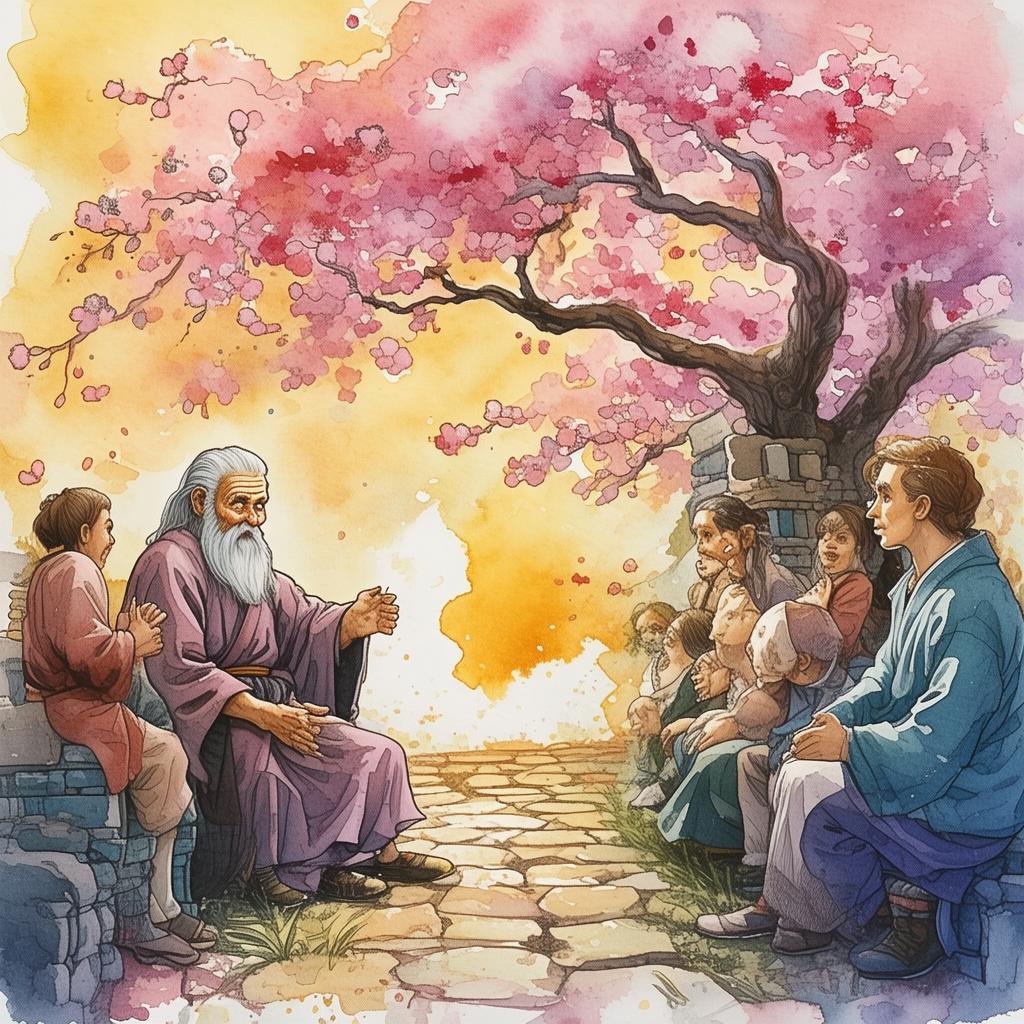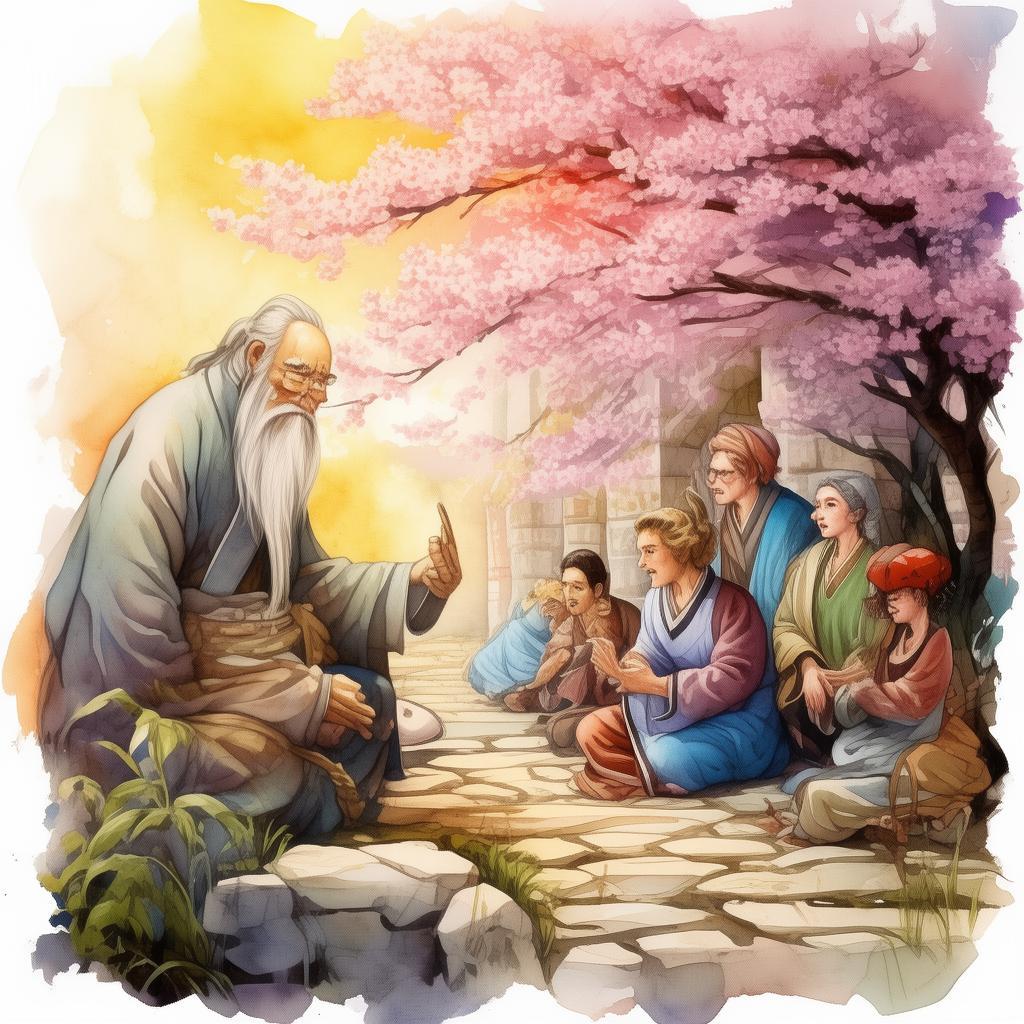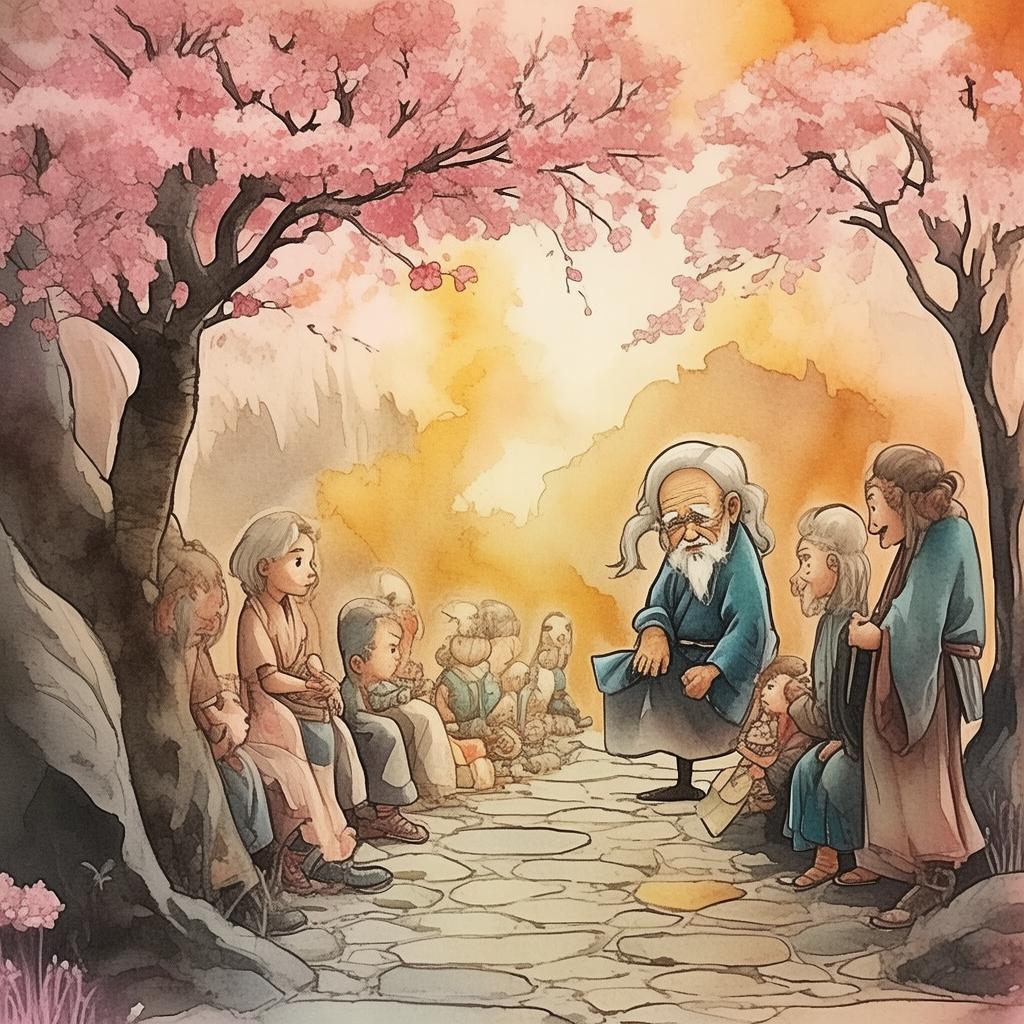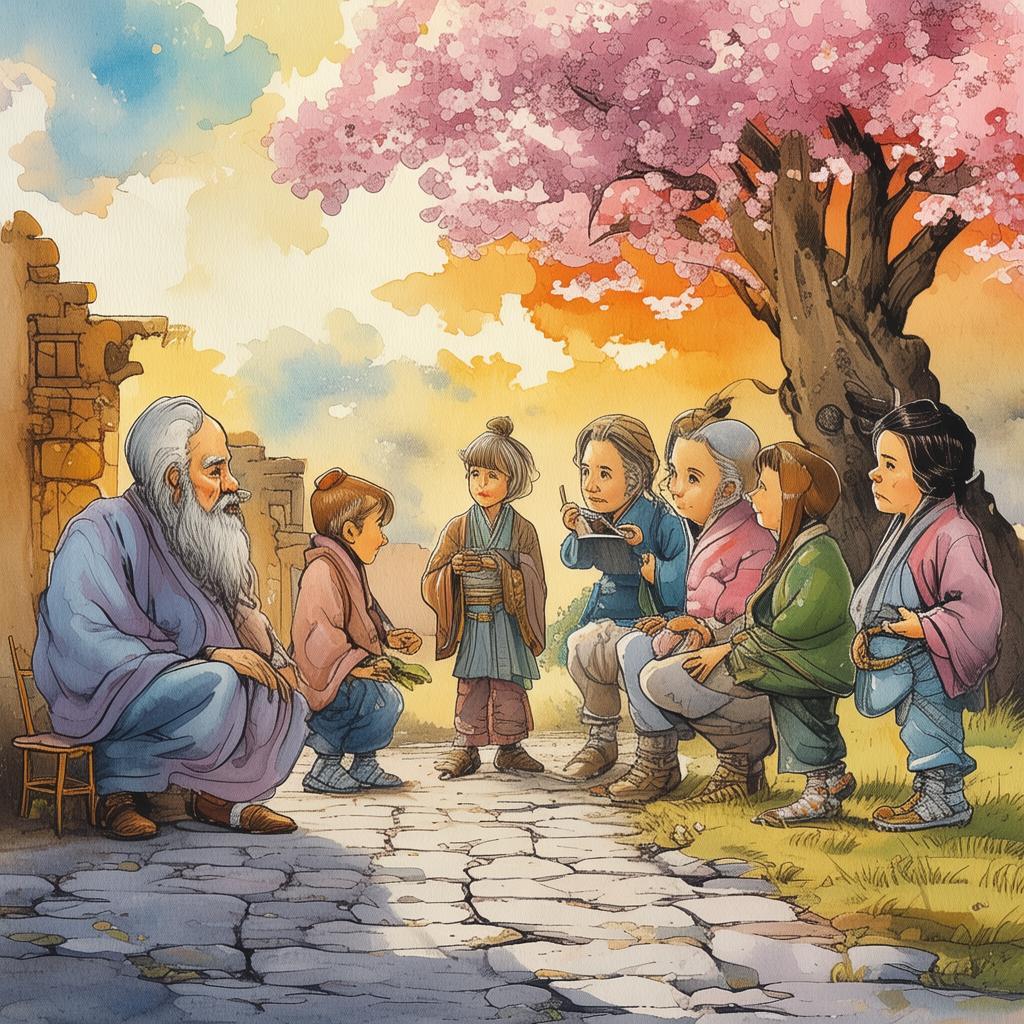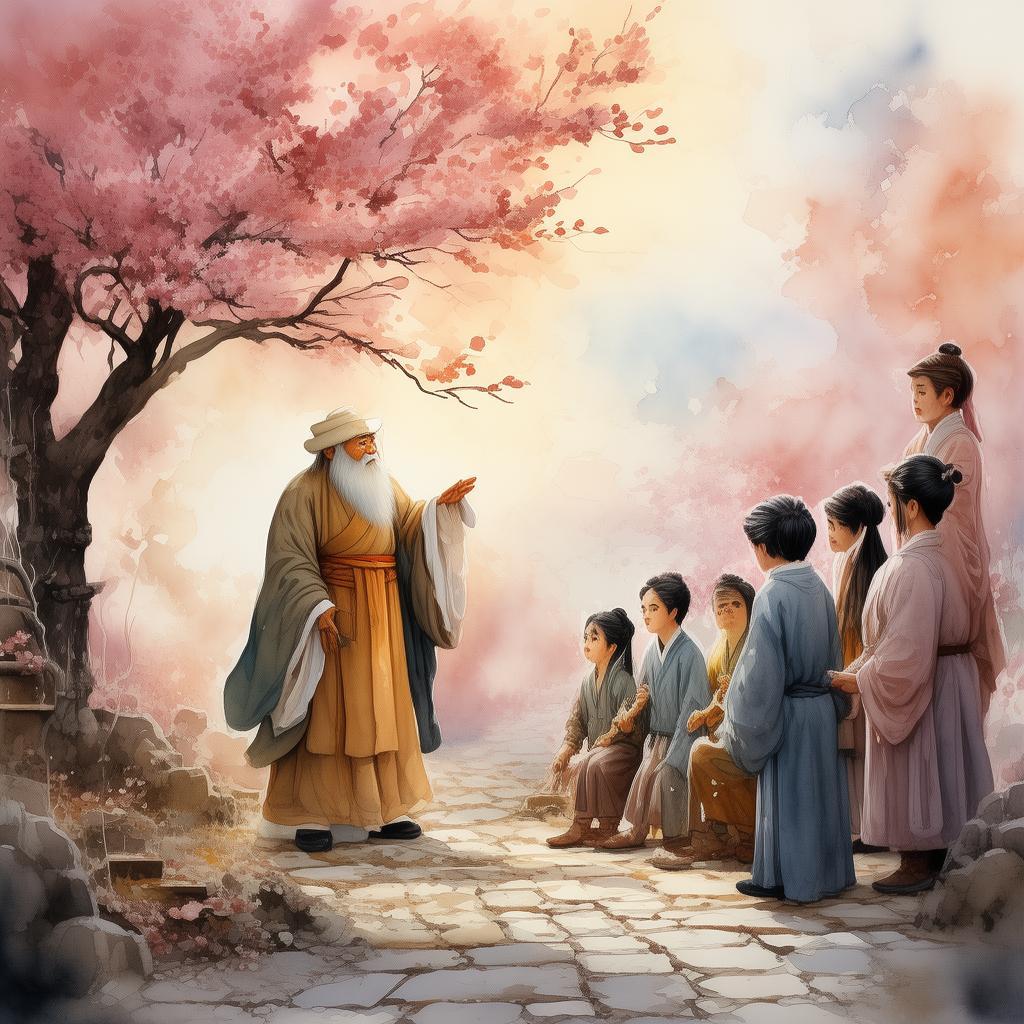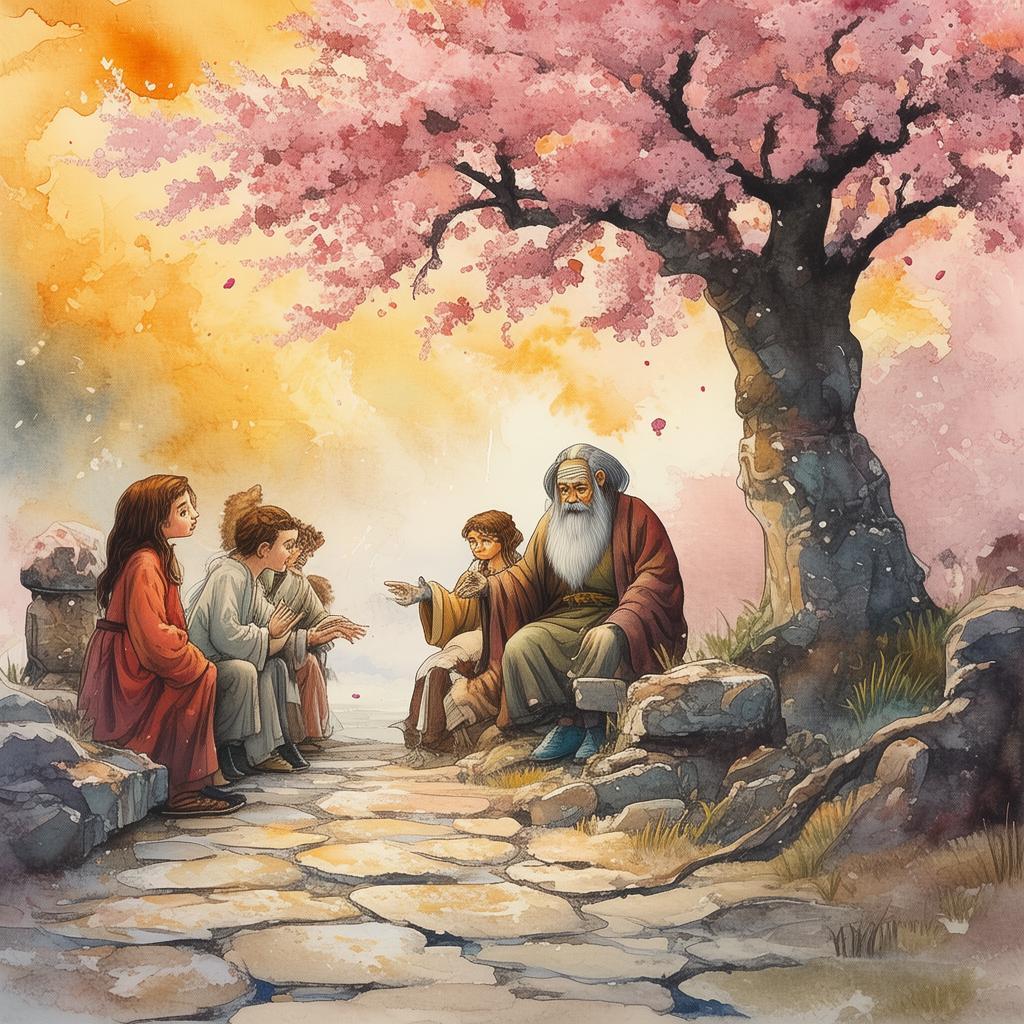Canvas of Shadows: The Cyberpunk Artist's Dream
In the sprawling metropolis of Neo-Tokyo, where neon lights painted the skyline and holographic advertisements flickered like fireflies in the night, lived a young artist named Yumi. Her name was as enigmatic as her art, which was a fusion of traditional Japanese ink painting and futuristic cyberpunk aesthetics. Her work was a reflection of her soul, a canvas of shadows and light, of dreams and nightmares.
Yumi had a dream—a dream to paint the sky itself, to create a masterpiece so vast and grand that it would outshine the city lights. She was obsessed with the idea, spending every waking moment sketching and dreaming up the perfect design. She knew that to achieve her dream, she needed a vision that could capture the essence of her world, a world that was both beautiful and broken.
The first step in her quest was to understand the world she lived in. Yumi spent her nights wandering the streets, observing the lives of the people around her. She watched as they navigated through the labyrinth of neon-lit alleys, their lives as intertwined with the technology as they were with the city's harsh reality. She saw the joy in a child's eyes as they played with a robotic toy, the desperation in a street vendor's eyes as he sold his wares, and the love in a couple's embrace as they watched the stars together.
Yumi began to incorporate these elements into her art, creating intricate designs that told stories of a world where technology and humanity coexisted, sometimes in harmony, sometimes in conflict. Her work gained attention, and she started to sell her prints, using the money to buy materials and supplies for her next project. But she knew that the real challenge was still ahead.

The canvas of the sky was immense, and to paint it, she would need a method that could reach every corner of the sky. She spent months perfecting a technique that involved using high-tech drones to project her designs onto the night sky. She named her project "Sky Canvas," a metaphor for her ambition to paint the dreams of the city on the largest canvas of all.
One night, as the city prepared to sleep, Yumi activated her drones. The first design was simple, a silhouette of a moon with rays of light piercing through the darkness. As the image grew larger, it became apparent that it was more than a painting; it was a statement, a reflection of the city's spirit.
Word of the Sky Canvas spread quickly. People gathered on rooftops, in parks, and along the riverbanks to witness the spectacle. The city buzzed with excitement, and Yumi felt a surge of pride and accomplishment. She had achieved her dream, at least for the night.
But the celebration was short-lived. The next morning, Yumi received a visit from the city's authorities. They were concerned about the potential hazards of her project and demanded that she stop. Yumi argued that her work was a form of expression, a way to connect with the city's people, but the authorities were not swayed.
Frustrated and defeated, Yumi returned to her studio, her dream now in tatters. She felt like a failure, her ambition crushed under the weight of reality. But as she sat there, looking at her sketches and failed attempts, she realized that the dream was still alive, just like the city that inspired it.
With renewed determination, Yumi began to work on a new design, one that would be more subtle, more integrated into the city's environment. She wanted to create a painting that would not only be seen but felt, one that would resonate with the city's soul.
Days turned into weeks, and Yumi worked tirelessly. She visited the city's parks, libraries, and museums, seeking inspiration from its rich history and diverse culture. She wanted her next design to be a reflection of the city's spirit, a testament to its resilience and hope.
Finally, the day came when Yumi activated her drones once more. This time, the design was a series of glowing lanterns, floating in the sky like stars. The people of Neo-Tokyo watched in awe as the lanterns danced and moved, creating a mesmerizing display that was both beautiful and touching.
The city erupted in cheers. Yumi's Sky Canvas had become a symbol of hope and unity, a reminder that even in the darkest of times, there is always light. Yumi realized that her dream had not been about painting the sky, but about painting the spirit of the city on its heart.
And so, Yumi continued to paint, her work now a blend of dreams and reality, a testament to the power of art to heal and inspire. She had painted the sky, and in doing so, she had painted a new vision for her city—a vision of a future where technology and humanity could coexist in harmony, a vision that would forever change the skyline of Neo-Tokyo.
✨ Original Statement ✨
All articles published on this website (including but not limited to text, images, videos, and other content) are original or authorized for reposting and are protected by relevant laws. Without the explicit written permission of this website, no individual or organization may copy, modify, repost, or use the content for commercial purposes.
If you need to quote or cooperate, please contact this site for authorization. We reserve the right to pursue legal responsibility for any unauthorized use.
Hereby declared.


